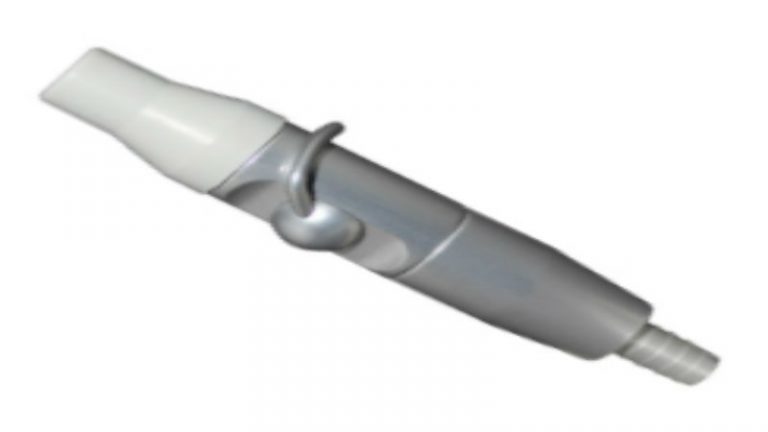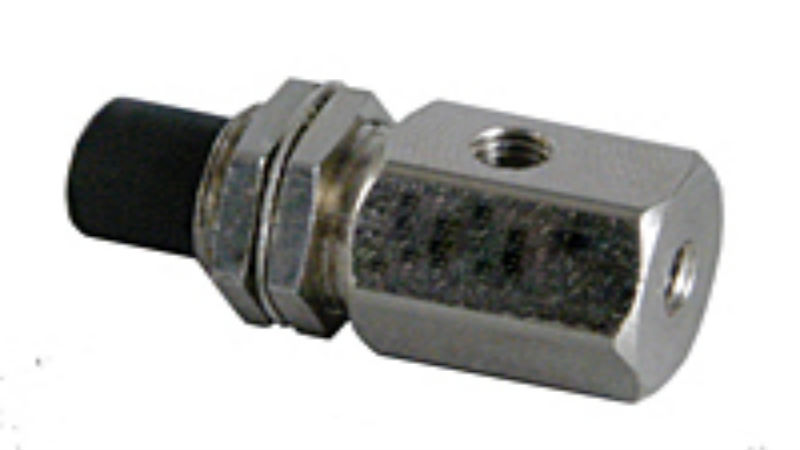Ball valves are some of the most used valve types in any system or application. A simple ball valve is designed to allow the control of flow through the valve in either an on or off position. They are not primarily intended for or used to regulate the flow when precision is required, but they do provide general control of the flow if needed.
The 3 way ball valve offers the additional benefits of allowing the flow of the media through the valve to be diverted or routed one of two different ways. This is very helpful in systems where there may be storage tanks or various types of processes using the same lines. By adjusting the valve, flow can be routed from one system to another using just one valve rather than the need for multiple valves for the same flow control.
Design and Configuration Options
A 3 way ball valve can be designed as either a T port or an L port valve. The L port valve is sometimes called a diverter valve, and it allows the liquid or the gas going through the valve to travel in the shape of an L. The inlet port can be on either side of the valve with the outlet port being in the middle. The third position is the full shutoff position, with the interior opening of the ball in the valve against the far side of the chamber, stopping the flow completely.
A T port 3 way ball valve has the shape of a capital T. These valves can be used to direct flow through the outlet port, mix media from two inlet ports out a third, or to allow direct flow through the ball valve.
There are both horizontal and vertical configurations for these flow paths with the different types of three way ball valves. Knowing the requirements for the system will be important in choosing the right valve for the job.



